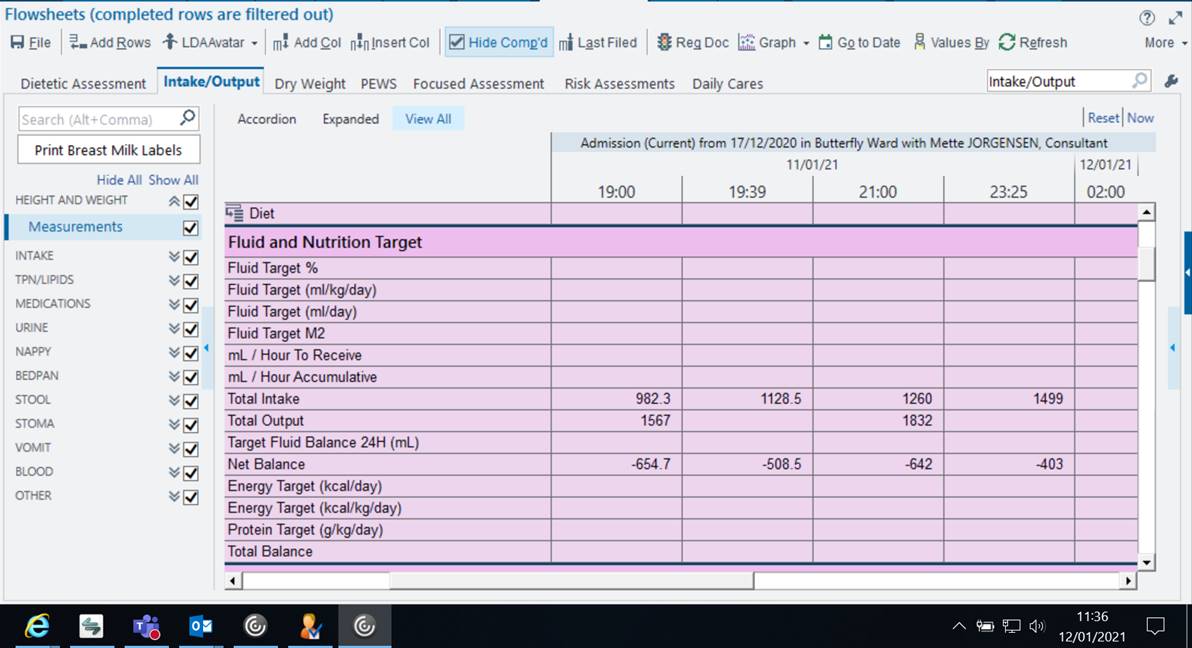Project Background
Great Ormond Street Hospital (GOSH), an international centre of excellence in child healthcare. Since its formation in 1852, the hospital has been dedicated to children’s healthcare and to finding new and better ways to treat childhood illnesses.
At the moment, there is no monitoring system in GOSH to help clinicians to get insights into patients’ treatment and see if the target feeding amount has been hit. Since the information is not digitalised, it is hard to track the overall condition of the patient and lose crucial information on how effective is the current treatment plan.
Having a dashboard with customisable metric graphs of infusion pump data (such as rate over time, volume over time, etc.) can give a better insight into the patient’s body. This greatly helps to analyse the data by reflecting on the effectiveness of each treatment plan, and therefore, evaluate a plan that suits the patients the most.
Our client also provided us with some examples of flowsheets they have on their current electronic health record system to help us come up with the general idea.


